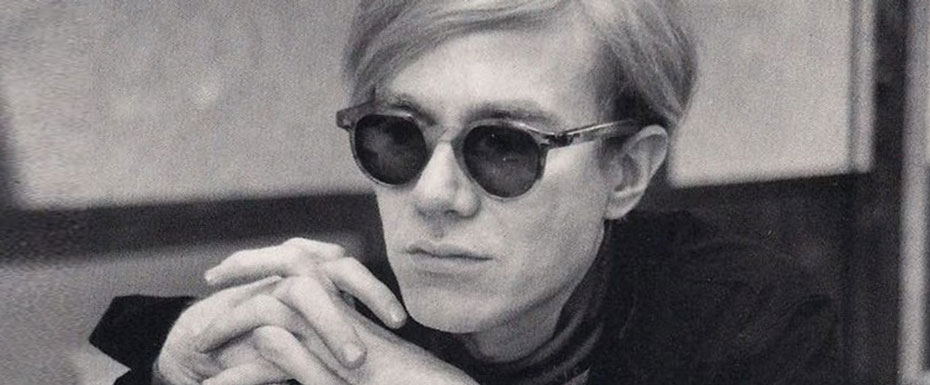
Andy Warhol’s life is akin to a film script that is both repulsive and fascinating. With a huge number of complexes, shying away from any intimacy and passionately thirsting for it, Andy was always surrounded by a retinue, fans, people who saw him as a friend, a free psychiatrist, or a chance to “get on board.”In this article, I shall reveal a small part of the biography of perhaps one of the most famous graphic design stars of the 20th century, artist and pop art visionary Andy Warhol.
Childhood and Early Years
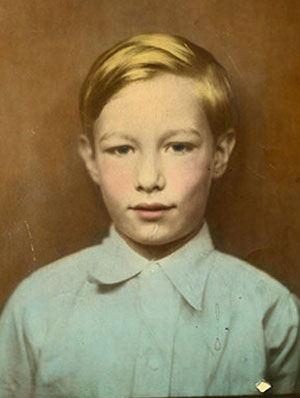 Andrew Warhol was born in 1928 in Pittsburgh to a family of immigrants from Czechoslovakia. He was the third son of Ondrej and Julia and was very attached to his mother. This attachment became especially noticeable when Andy fell ill with rheumatic chorea, in which muscle weakness, impaired coordination, and increased emotionality are observed.
Andrew Warhol was born in 1928 in Pittsburgh to a family of immigrants from Czechoslovakia. He was the third son of Ondrej and Julia and was very attached to his mother. This attachment became especially noticeable when Andy fell ill with rheumatic chorea, in which muscle weakness, impaired coordination, and increased emotionality are observed.
Andy graduated from Carnegie Institute of Technology in Pittsburgh and received a degree in graphic design in 1949. Warhol had no close friends at the institute, but he had a few friends with whom he went to New York to become an illustrator.
Andy painted simple pictures and made collages as a child. Then, in the 50s, when Warhol was a little over twenty years old, he began to actively engage in commercial art. While working in advertising, Andy met the filmmaker and former art agent, Emile de Antonio. He introduced Andy to influential people who were able to discern art in the works of a young artist behind the mask of commerce.
Warhol was obsessed with the handsome, successful novelist and playwright Truman Capote and tried his best to get the man’s attention. In 1952, the Hugo Gallery hosted Warhol’s first exhibition, Fifteen Drawings Based on the Works of Truman Capote, which Capote, contrary to Andy’s expectations, did not attend.
Creative Breakthrough, Pop Art and Factory
The 60s became the most fruitful years on the creative path of Warhol. By this time, he had become a prominent figure in the advertising business and developed his graphic style. Andy created a whole series of paintings where the same image is copied many times.
During this period, Andy invented an image for himself, which helped him fight complexes and his own inferiority for many years. A man afraid of his own appearance and speech made them work for himself.
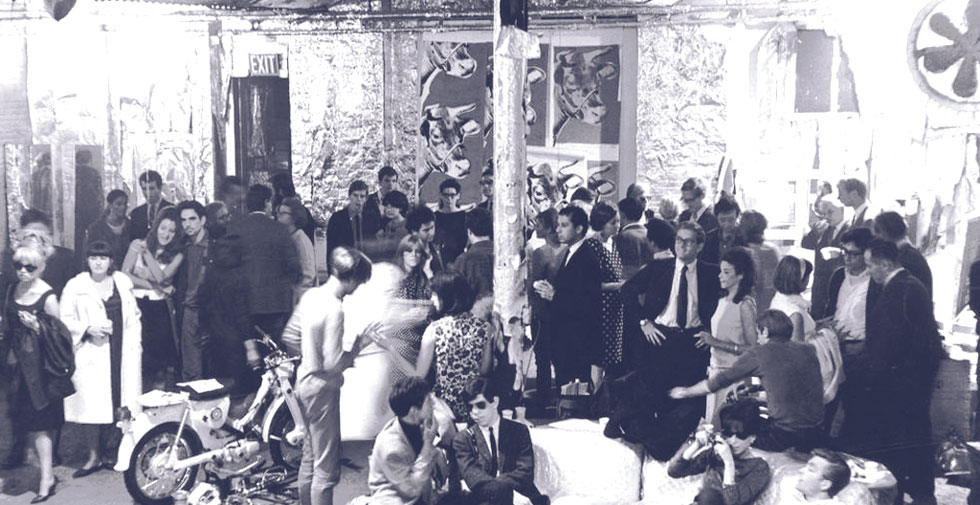
In 1964, the presentation of the Factory took place, which was accompanied by a frenzied party and an exhibition of Warhol’s art objects. After that, Warhol became a regular hero of the secular chronicles.
WhenAndy was not doing art, he often sat reading the newspaper and filmed when something interesting began to happen. He himself rarely spoke, loved when new faces came, asked them questions like “Where did you get this dress?” or “Who did your makeup?” and laughed a lot.
Collaboration with The Velvet Underground
In addition to artists, photographers, and other superstars, famous musicians like Bob Dylan, Mick Jagger, and Jim Morrison often appeared at the Factory.
In 1965, Andy Warhol became the manager of The Velvet Underground. This collaboration took the band to a new level. The cover art for The Velvet Underground was one of the many Andy eventually did. He also designed records for The Rolling Stones, Diana Ross, Kenny Burrell, and other top bands and artists from the 60s-80s.
Filming and Interview Magazine
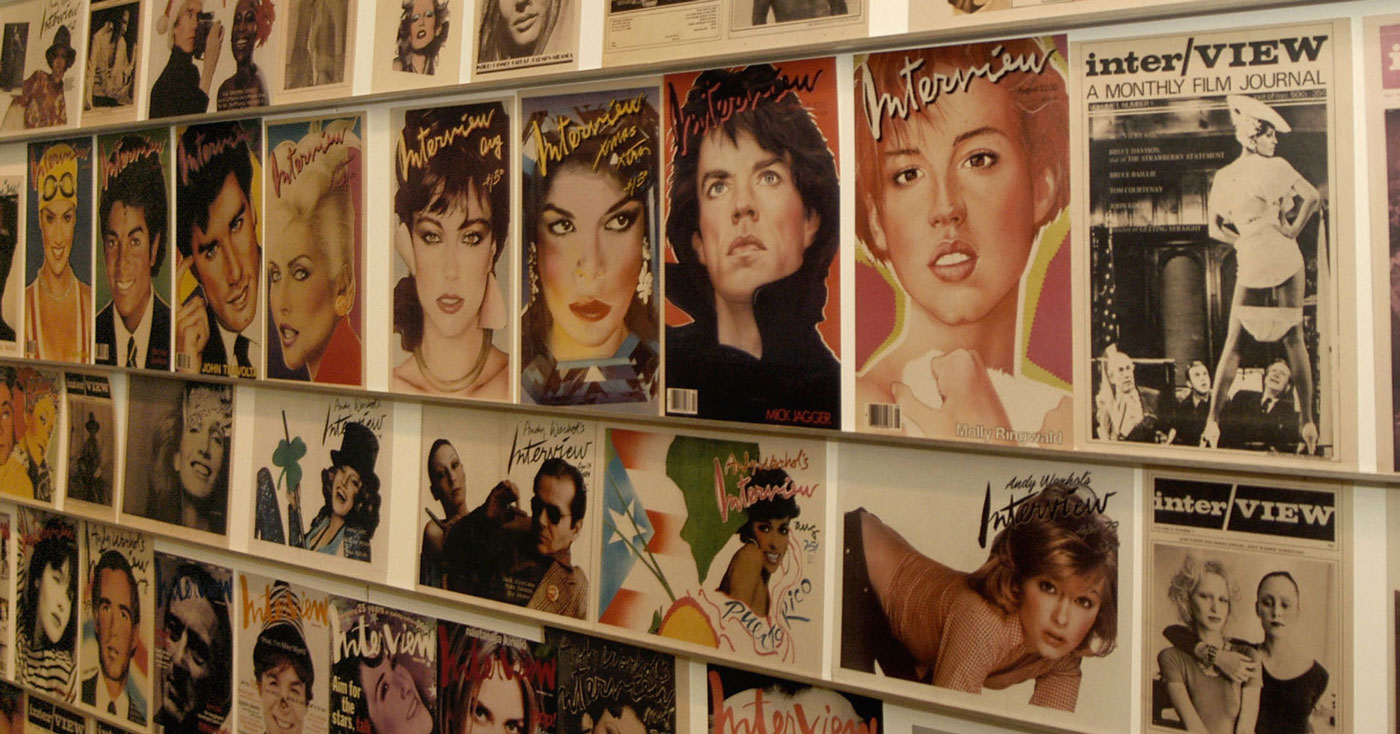
From 1963 to 1968, Warhol dabbled in film directing, shooting first pseudo-documentary films and then films with a storyline. Most often, films were erotic and carried homosexual overtones. Also, Warhol wanted to come up with a new kind of film, making “static cinema.”
In 1969, Warhol founded the Interview magazine, which was based on the conversations of artists. Superstars interviewed superstars, and because of this, the interviews often did not have a clear structure but rather resembled small talk.
Personal Life
Andy Warhol was openly gay. In 1980, he admitted to his biographer that he was a virgin. Although this fact has been disputed, this once again shows Warhol’s ambiguous attitude towards the topic of sex and love in general.
More and more people around Andy were diagnosed with acquired immunodeficiency syndrome. Warhol’s fear of AIDS was amplified by a general phobia of doctors and everything related to hospitals. Therefore, when one by one, his friends and former lovers began to fall ill and die of AIDS, Andy did not hesitate to cut all contacts where there could be even the slightest threat of infection.
Valerie Solanas’ Assassination Attempt and Rehabilitation
The radical feminist Valerie Solanas, author of the SCUM Manifesto, was a frequent visitor to the Factory. On June 3, 1968, Solanas went up to Andy’s office in the Factory and shot him three times in the stomach. A little later, she surrendered to the police, saying: “The police are looking for me. I shot Andy Warhol. He controlled my life too much”.
Warhol was successfully brought out of clinical death, but part of the internal organs was badly damaged and needed to be removed. Andy underwent surgery and survived but was forced to wear a corset for the rest of his life.
Friendship with Jean-Michel Basquiat and Death
Jean-Michel aspired to get to know Warhol as Andy once wanted to find friends in the art world. They met in a cafe when Basquiat persuaded Andy to buy one of his works. “He is one of those guys who drive me crazy,” Warhol wrote about this. This union was beneficial to both – one found himself a young and energetic protégé, the other – a world-famous patron.
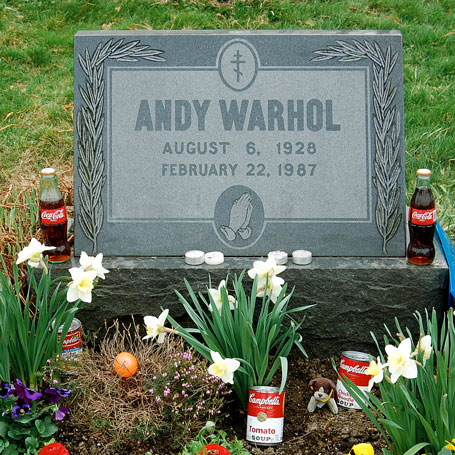 Andy was very worried about his friend, who was heavily addicted to drugs and had a sex life incomprehensible to Warhol. The virus did not touch Andy, but he died first, and Basquiat lived for another year and a half in severe depression.
Andy was very worried about his friend, who was heavily addicted to drugs and had a sex life incomprehensible to Warhol. The virus did not touch Andy, but he died first, and Basquiat lived for another year and a half in severe depression.
After the assassination attempt, suspiciousness returned to Warhol, so much so that he bought a bulletproof vest. Out of fear of doctors, he delayed his bladder surgery. At the age of 58, on February 22, 1987, Warhol died in his sleep after surgery.
A huge collection of various items was found in his apartment: postcards, figurines, paintings, clothes, and diamonds. The collection was sold at Sotheby’s for $ 25.3 million. However, this exorbitant sum still can’t compare to the invaluable contribution to art that Warhol made with his works and by promoting and supporting other artists.





